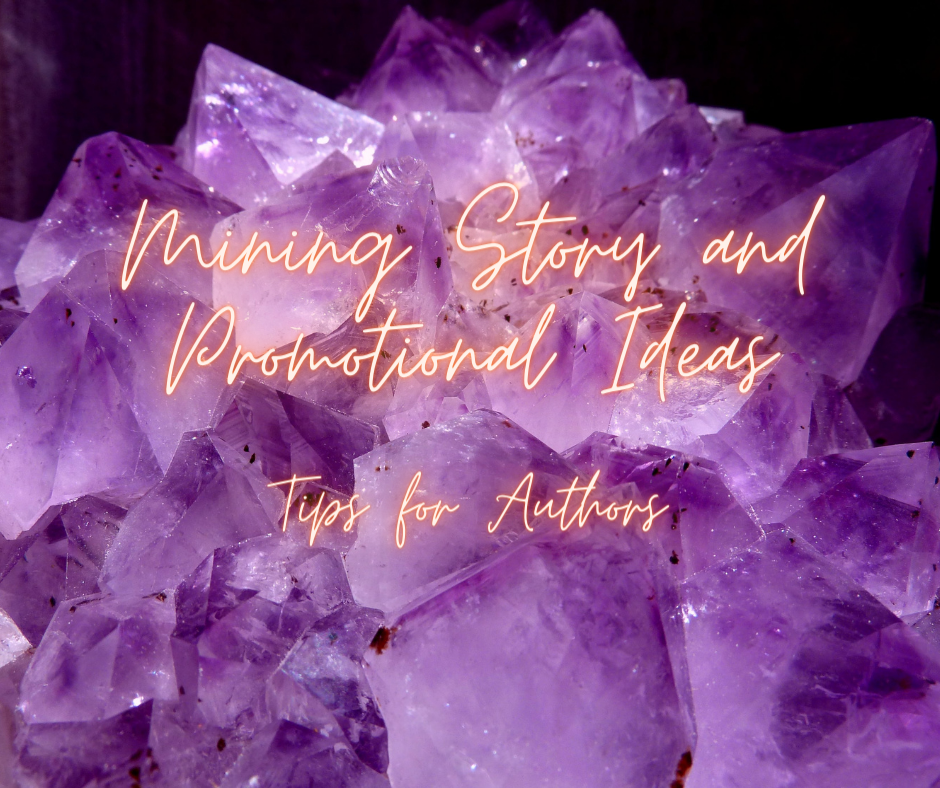How to Make a Writer Happy - Tips for Readers
/There are so many things readers can do to help writers spread the word about their books., and most of them are free. If you like a book or a series, help create a buzz on social media and other places for an author. It’s the the easiest way to make a writer’s day.
Post a Review - Reviews on Amazon, Goodreads, Bookbub, and other book sites help expand a writer’s reach. You don’t have to do a book report. A one-line “I liked it statement” is enough. All of the online sites have algorithms, and the number of reviews do matter to the amount of exposure a book gets.
Buy the Book/Share the Book - Buy a copy of the book for yourself or a friend. And if people ask you want for your birthday, books are always great gifts.
Recommend it to Your Library- Most libraries have a process where residents can request books for the library to purchase. If you like a series, make sure your librarian knows.
Share it on Social Media - Take a picture of the book when it arrives or one of you reading it. These make great social media posts. And don’t forget to tag the author. Instagram has some great hashtags (e.g. #bookstacks, #bookstagram, #prettybookplaces). I love seeing folks reading my books in different places. I also like it when readers spot my book “in the wild” at a library or store and send me a picture.
Recommend it to Your Book Club - Recommend reads to your book club or group. Many authors love to attend in-person or virtually to chat. You may want to reach out to see if the author could attend to talk about his/her book.
Add it to Your Shelf on Goodreads - If you use Goodreads to track your books or yearly challenge, add a book to your “want to read” shelf.
Follow the Author- Follow the author on book and social media sites. This will help you stay current with new publications and updates.
Subscribe to the Author’s Newsletter - This is a good way to ensure that they author has you on his/her fan list. It’s also a great way to get regular updates and information on special events and giveaways.
Attend Book Events - Support your local book stores, libraries, and authors when there are readings, book launches, and signings.
Authors love their readers. And a quick review or shout out will definitely make them smile.















